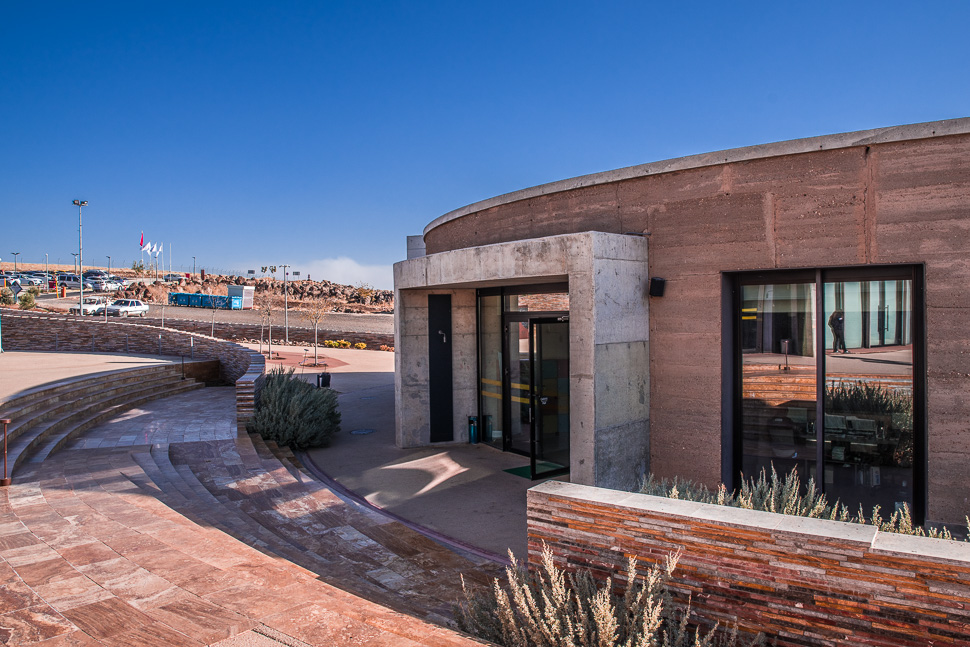
We had heard so much about the site of Göbekli Tepe, that we were very excited, we had the chance to visit it finally. Just outside of the town of Sanliurfa lies a hill, where archeologists unearthed large circular structures supported by massive stone pillars. Most incredible is the period during which these pillars were created: the Pre-Pottery Neolithic, between 9500 and 8000 BC – making it the world’s oldest known megaliths, much older than Stonehenge.
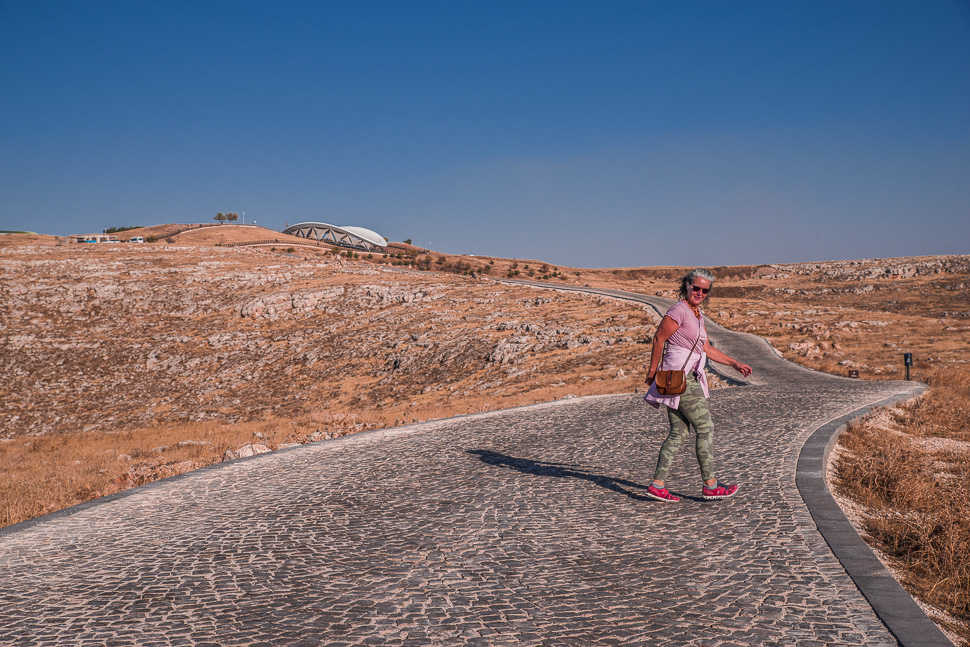
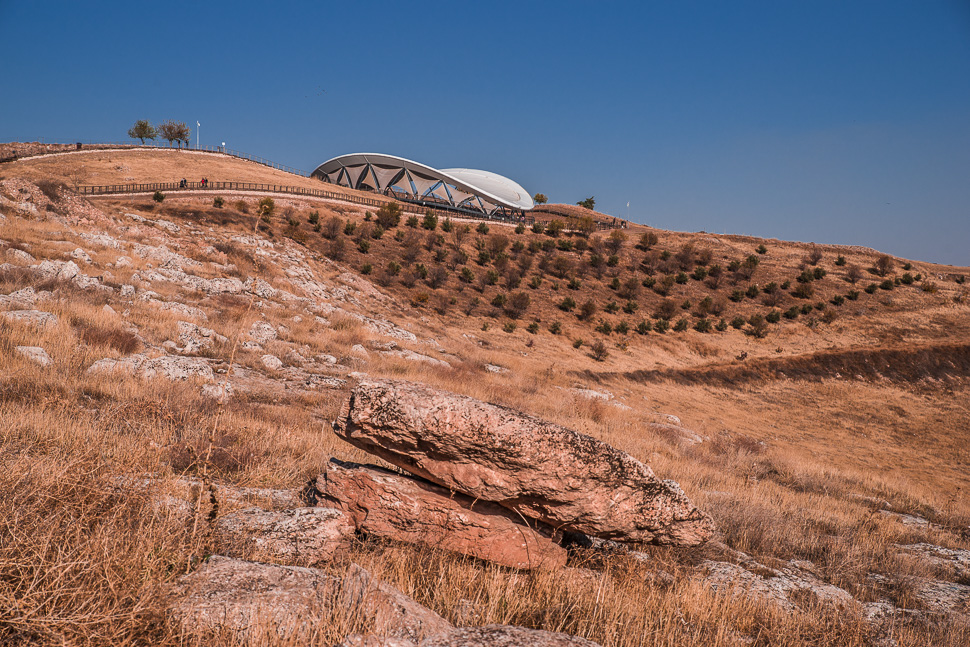
A big area is fenced off for the site, as many more remains are expected to still lie hidden. The archeologists estimate that just 5% of the site has been excavated.
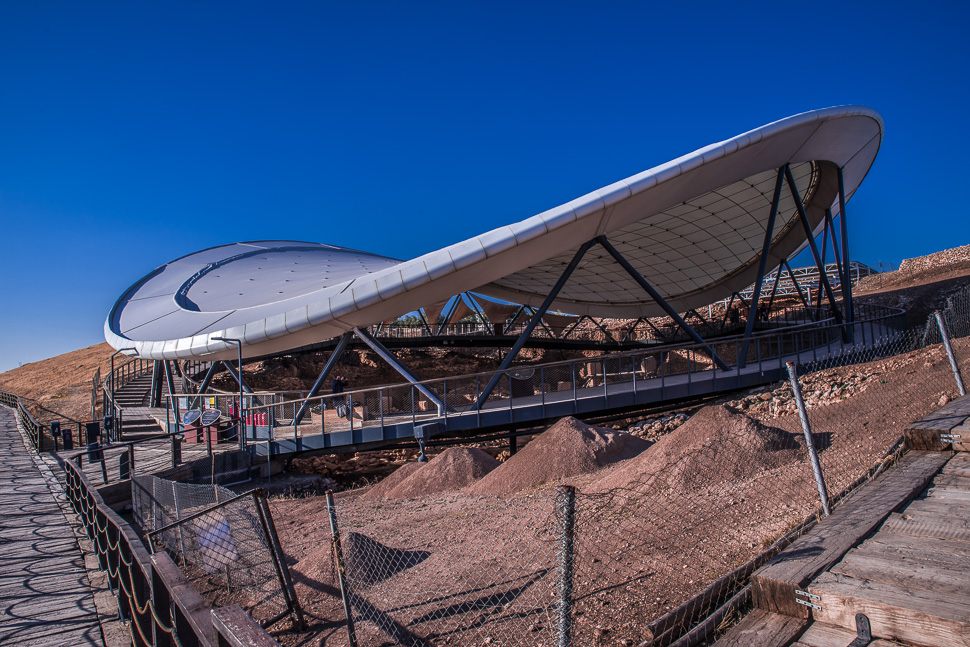
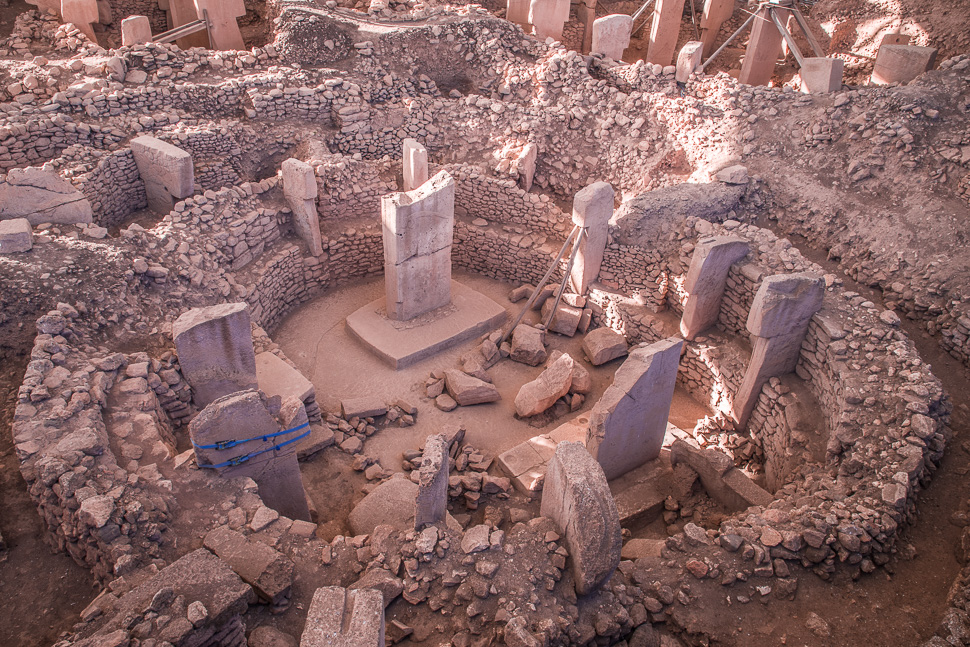
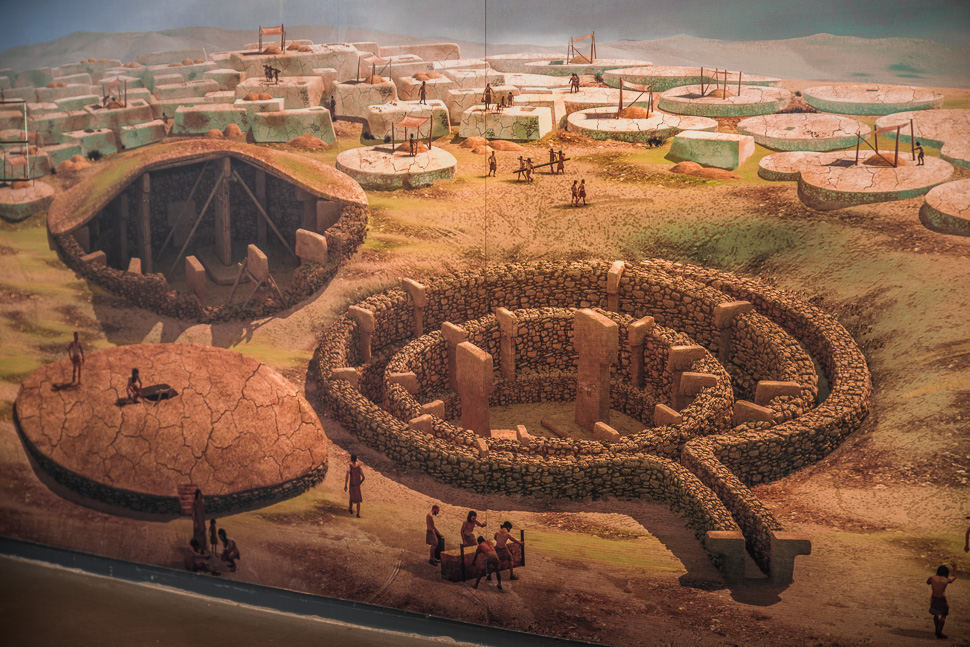
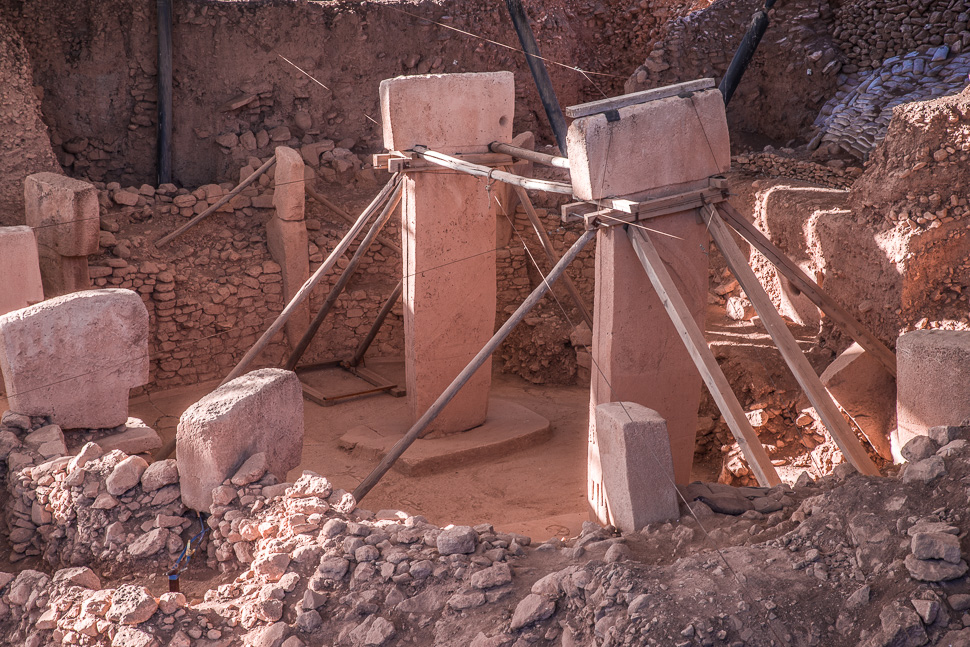
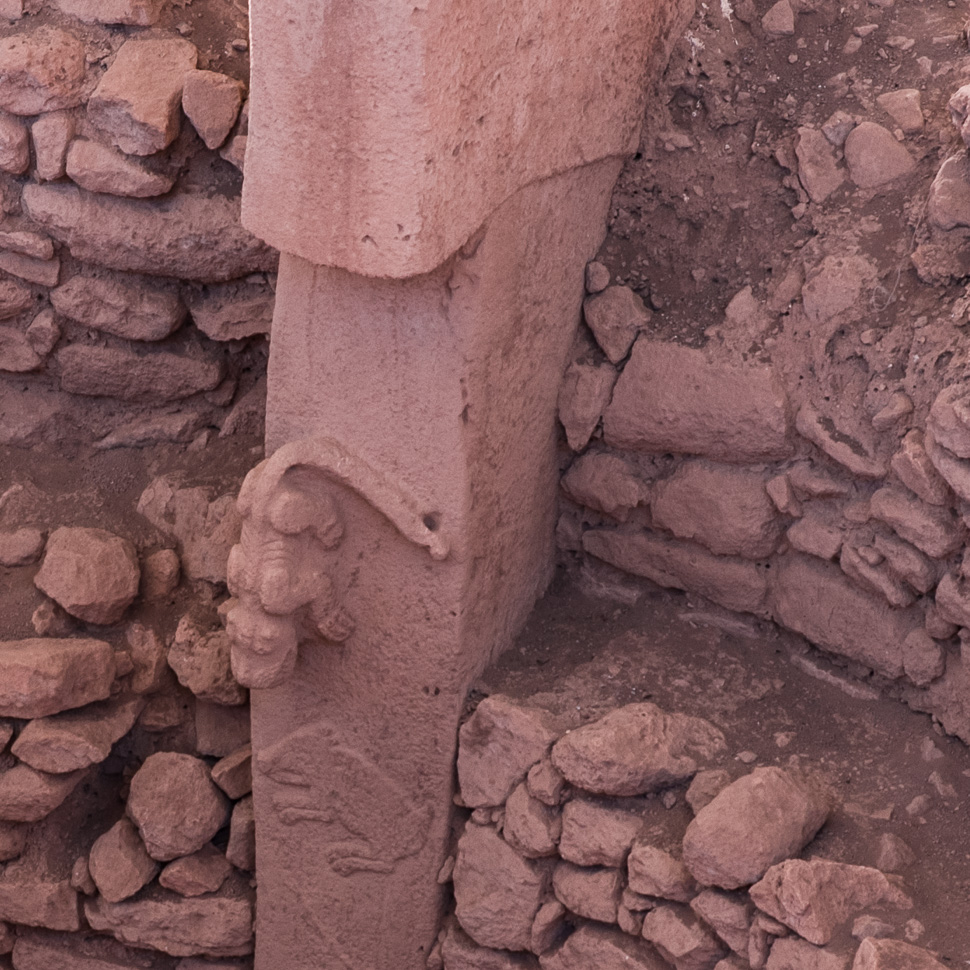
Many of these pillars are richly decorated with abstract anthropomorphic details, clothing, and reliefs of wild animals, providing archaeologists rare insights into prehistoric religion and the particular iconography of the period.
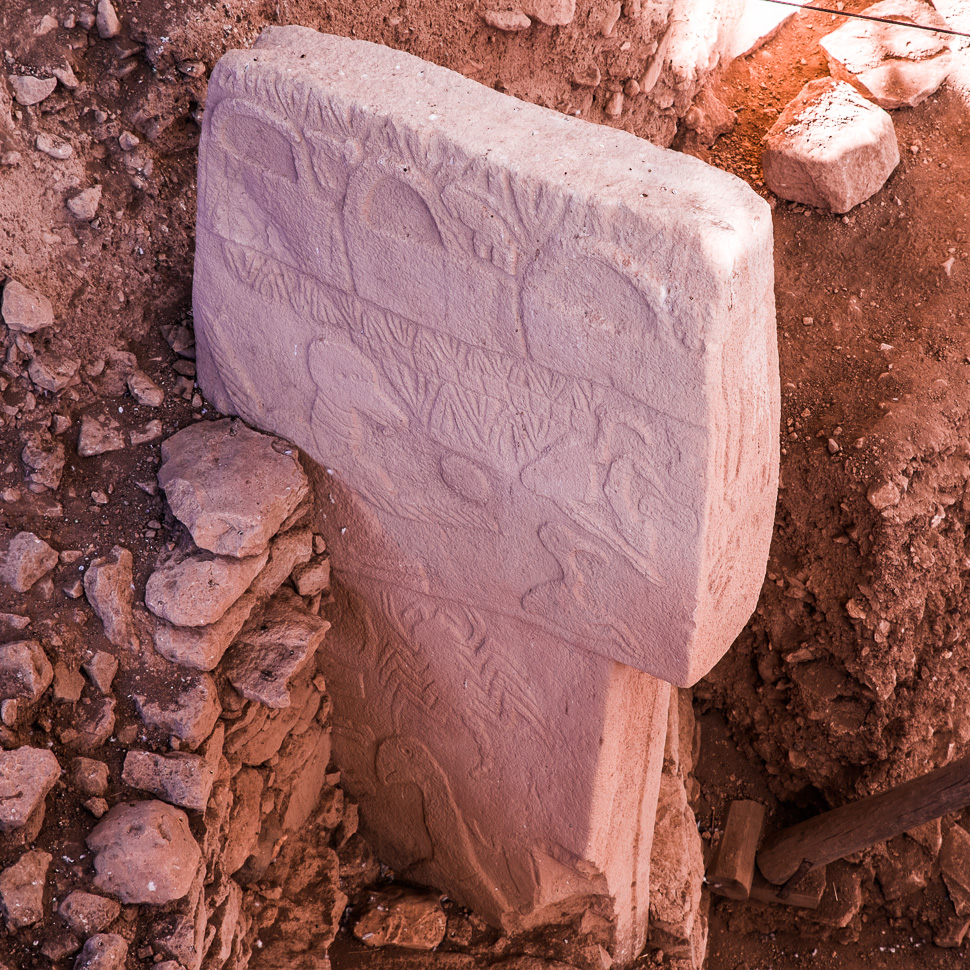
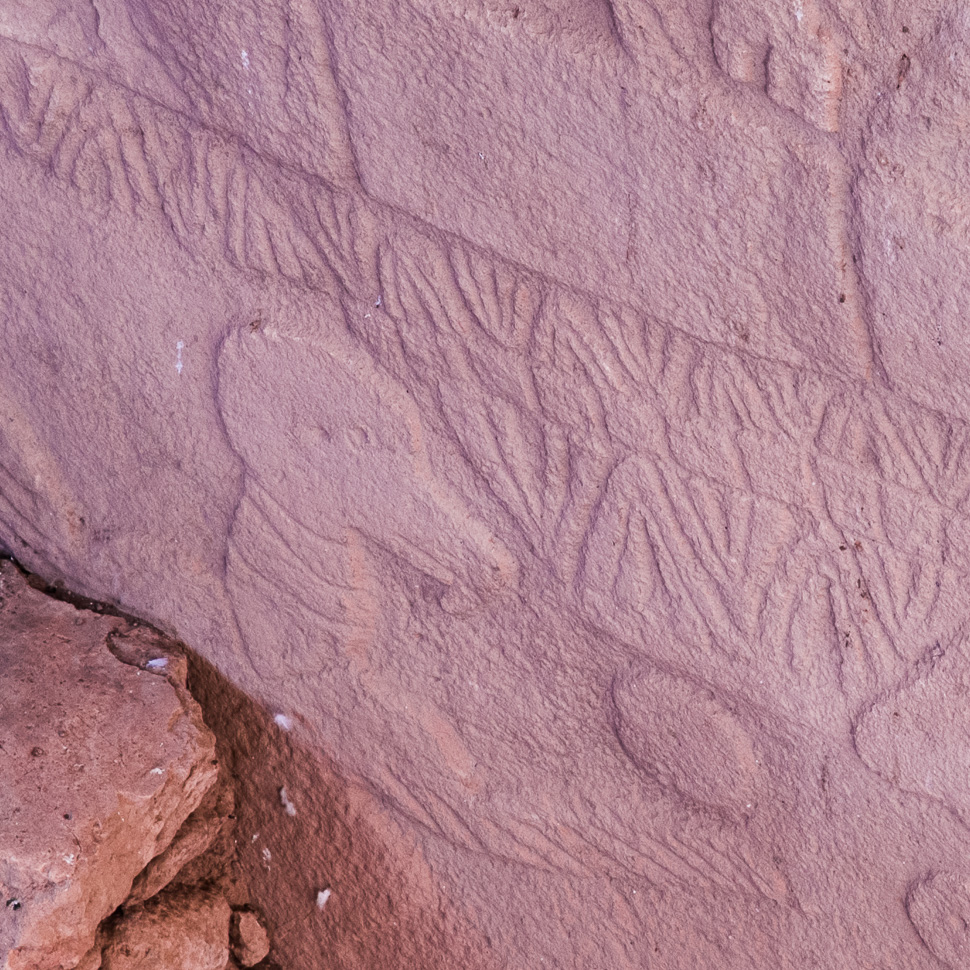
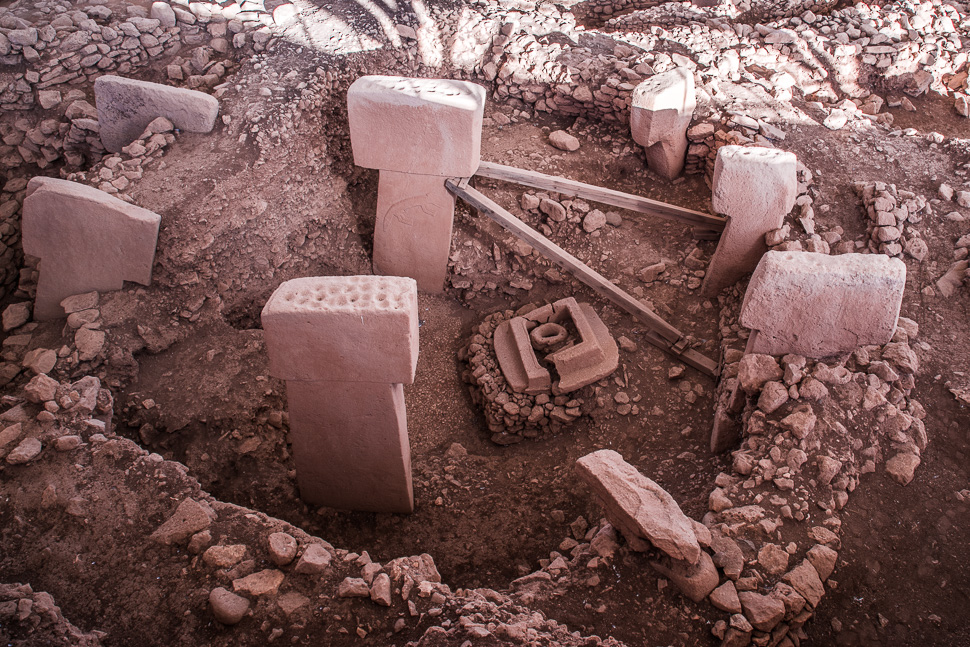
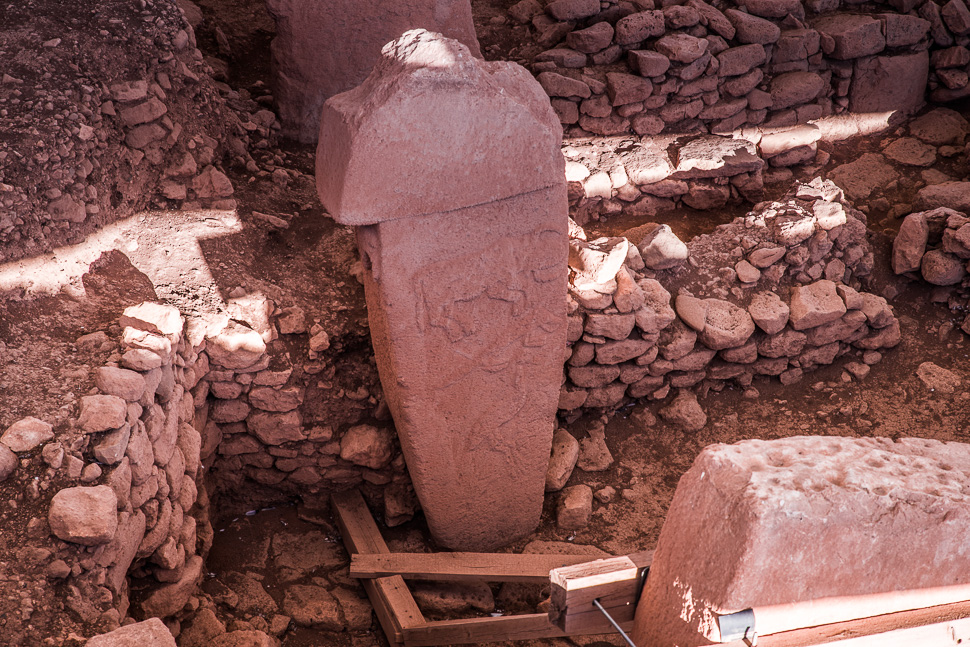
Archaeologists have long associated the appearance of these settlements with the transition from hunting and gathering to agriculture, but disagree on whether the adoption of farming caused people to settle down, or settling down caused people to adopt farming.
Evidence indicates that the inhabitants were hunter-gatherers who supplemented their diet with early forms of domesticated cereal and lived in villages for at least part of the year. Tools such as grinding stones and mortar & pestle, found at Göbekli Tepe, were analysed and suggest considerable cereal processing. Evidence also hints at large-scale hunting of gazelle between midsummer and autumn.
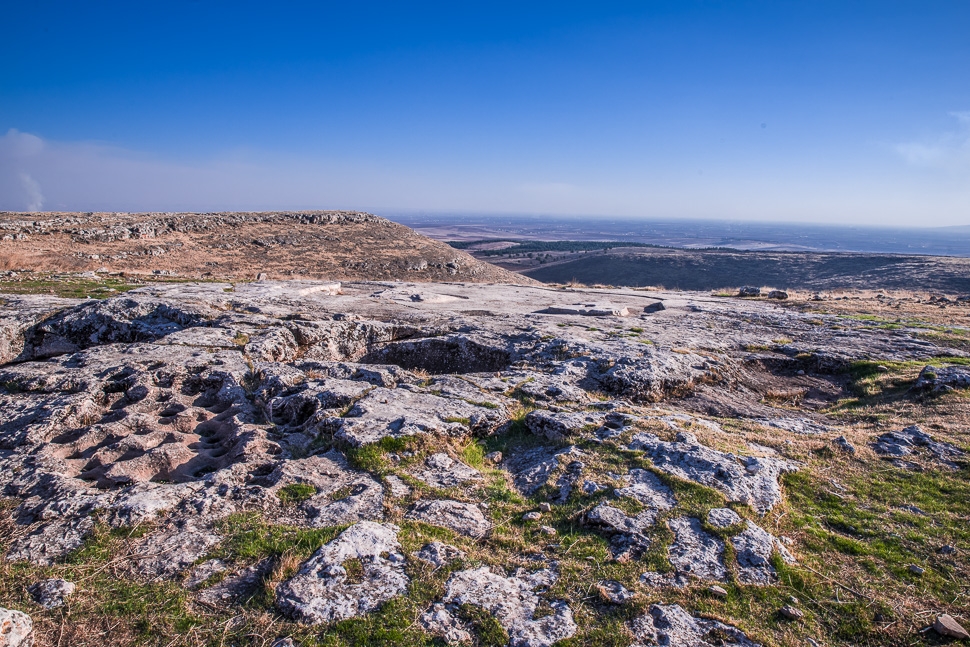
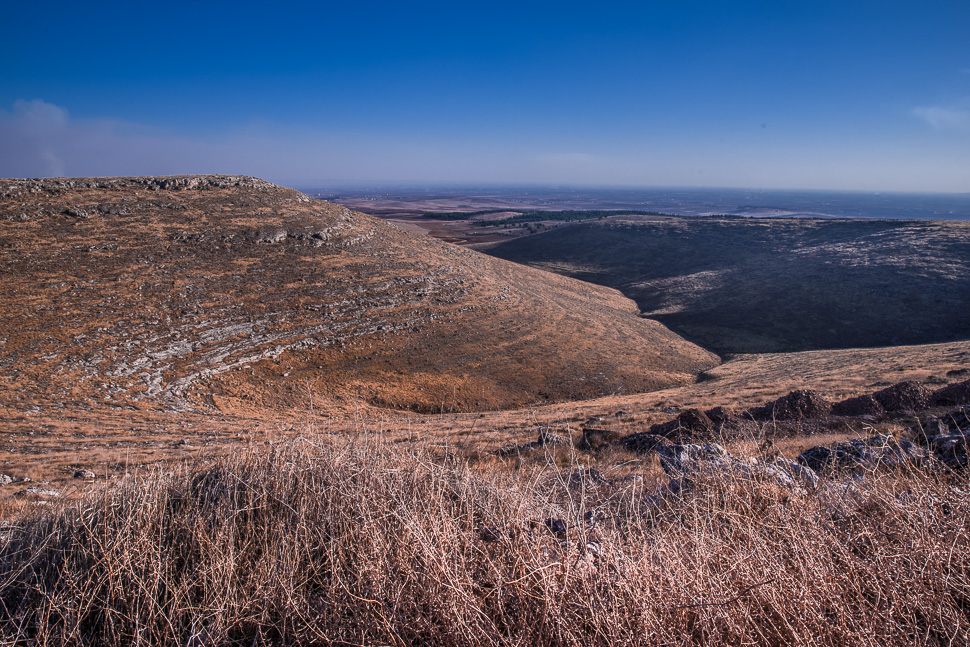
At the time when Göbekli Tepe was occupied, the climate of the area was warmer and wetter than it is today. It was surrounded by an open steppe grassland, with abundant wild cereals, including einkorn, wheat, and barley, and herds of grazing animals such as wild sheep, wild goat and gazelle. There is no evidence of substantial woodlands nearby. 90% of the charcoal recovered at the site was from pistachio or almond trees.
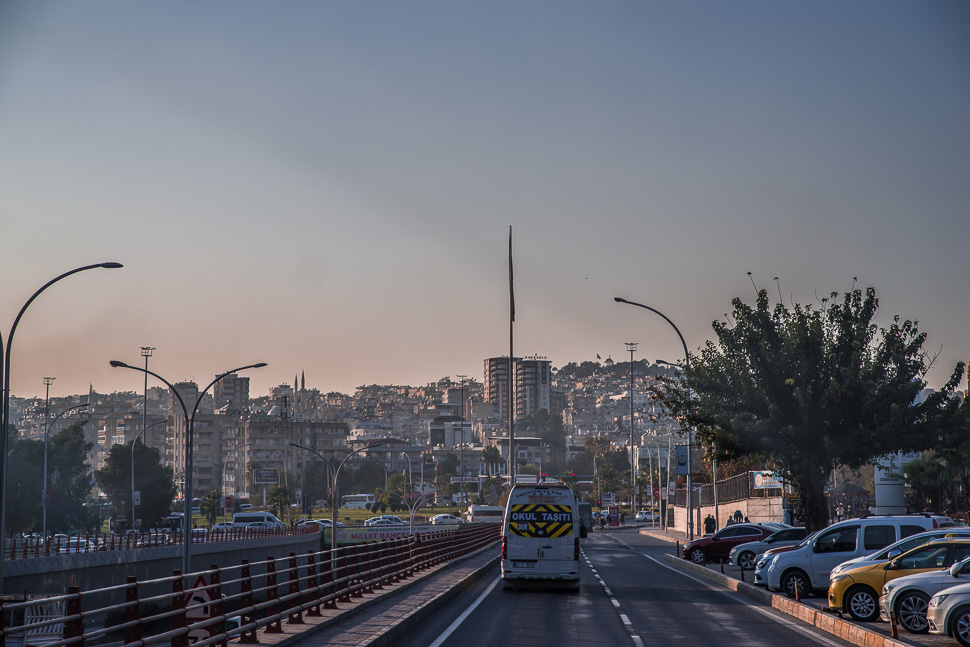
In the afternoon we made our way into Sanliurfa, another big city with 2 million inhabitants, known in ancient times as Edessa. In Late Antiquity, it became a prominent center of Christian learning and seat of the Catechetical School of Edessa. During the Crusades, it was the capital of the County of Edessa.
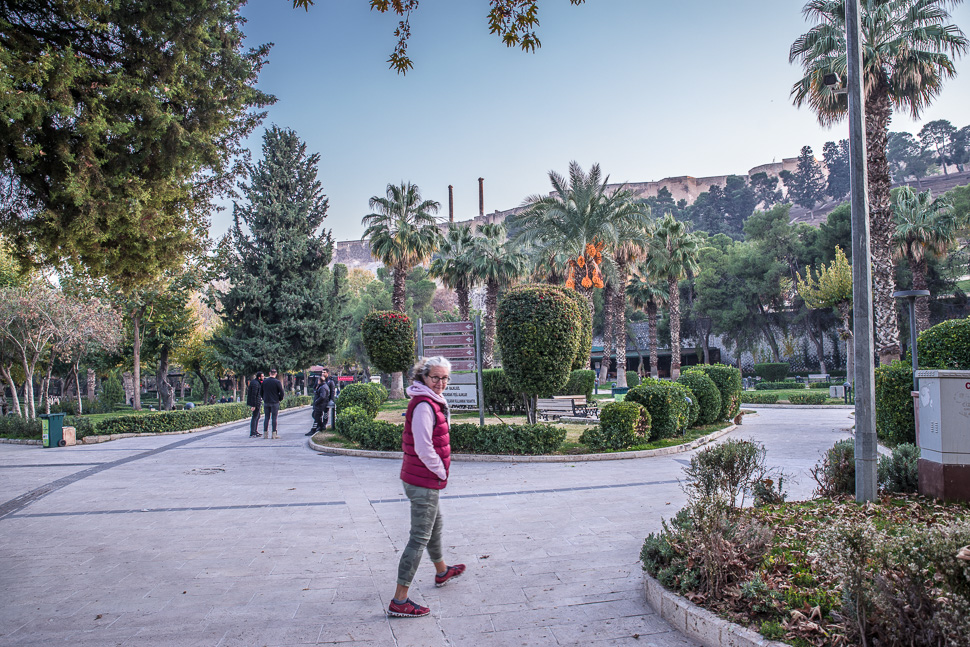
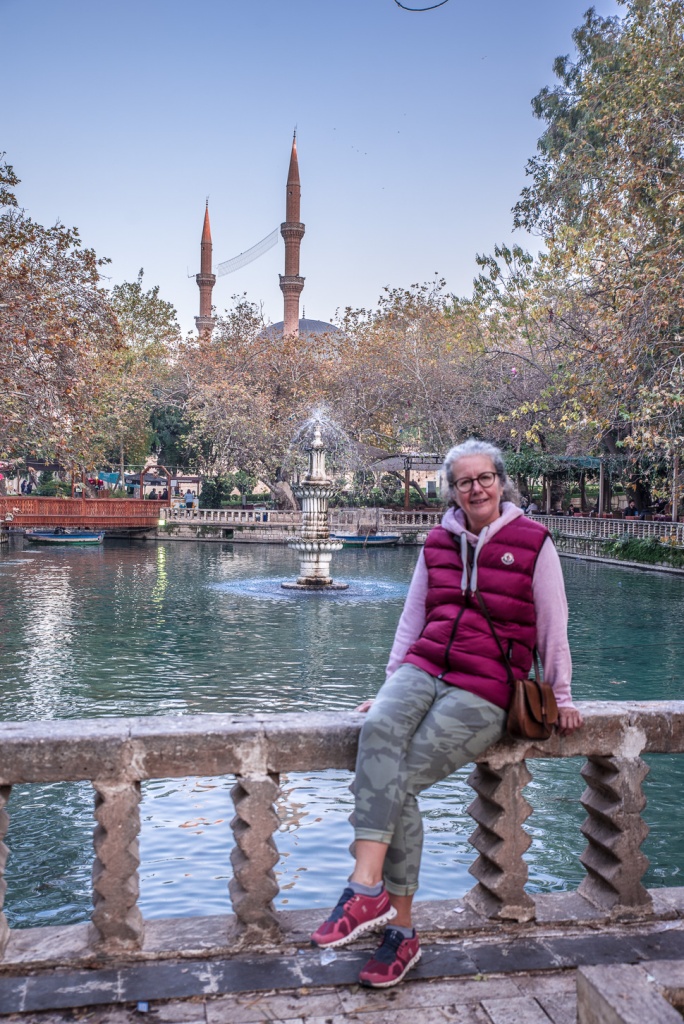
According to tradition, Nimrod wanted Abraham killed on a funeral pile, but God turned the fire into water and the burning coals into fish. The pool of sacred fish remains to this day. Great, isn’t it?
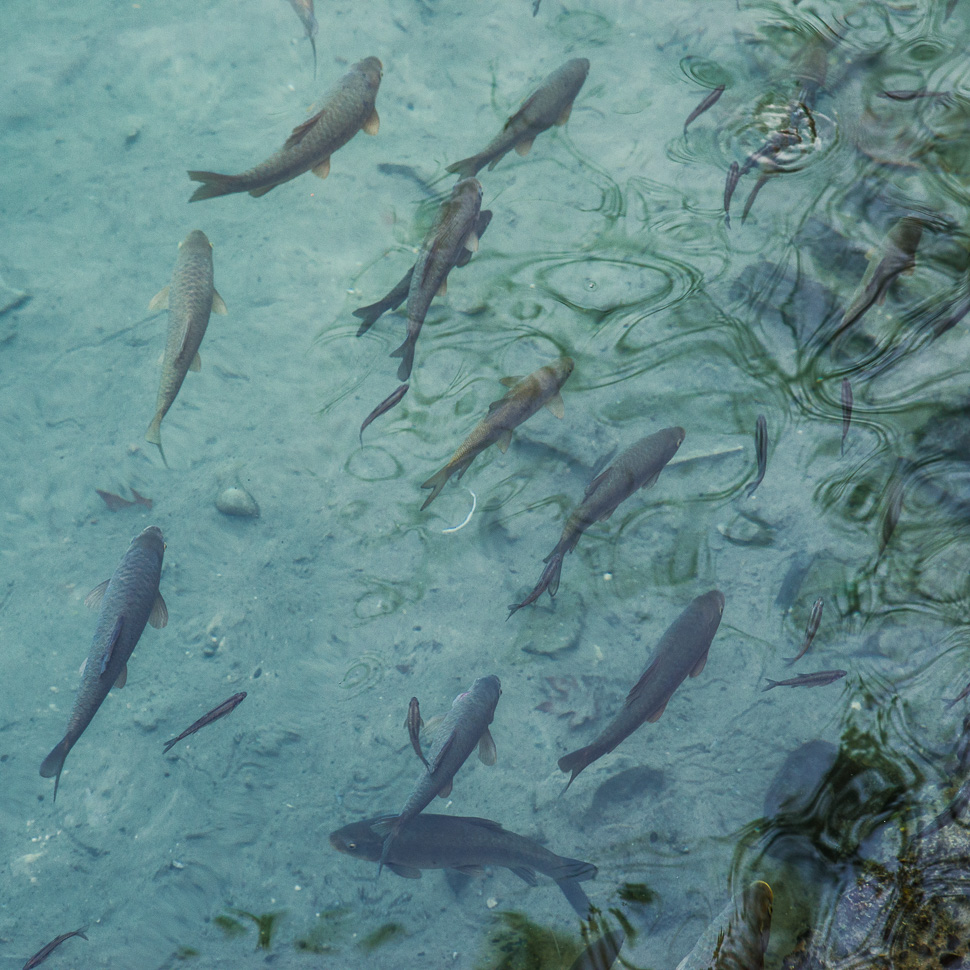
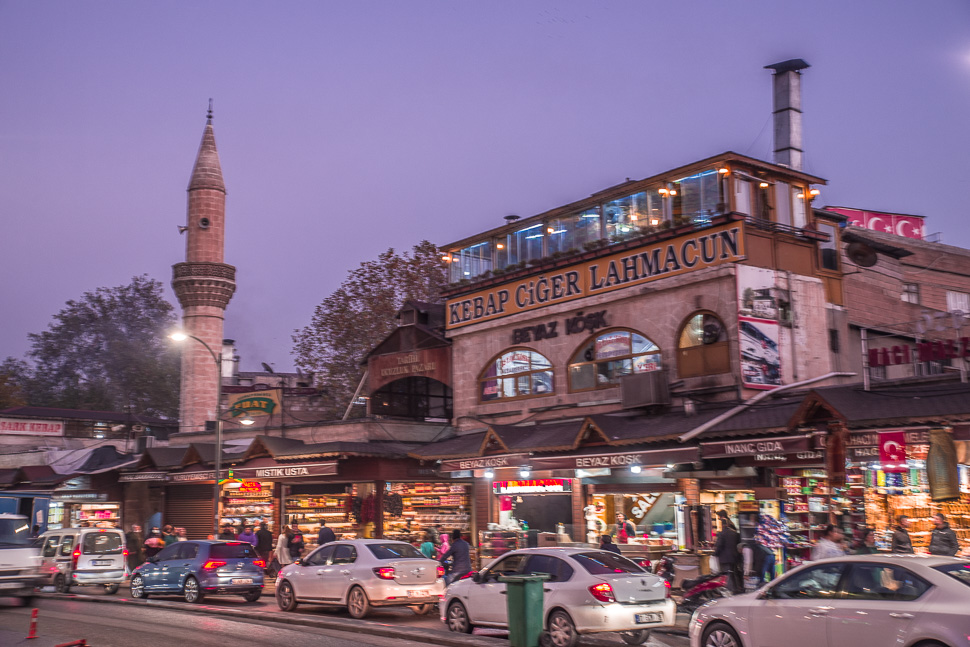

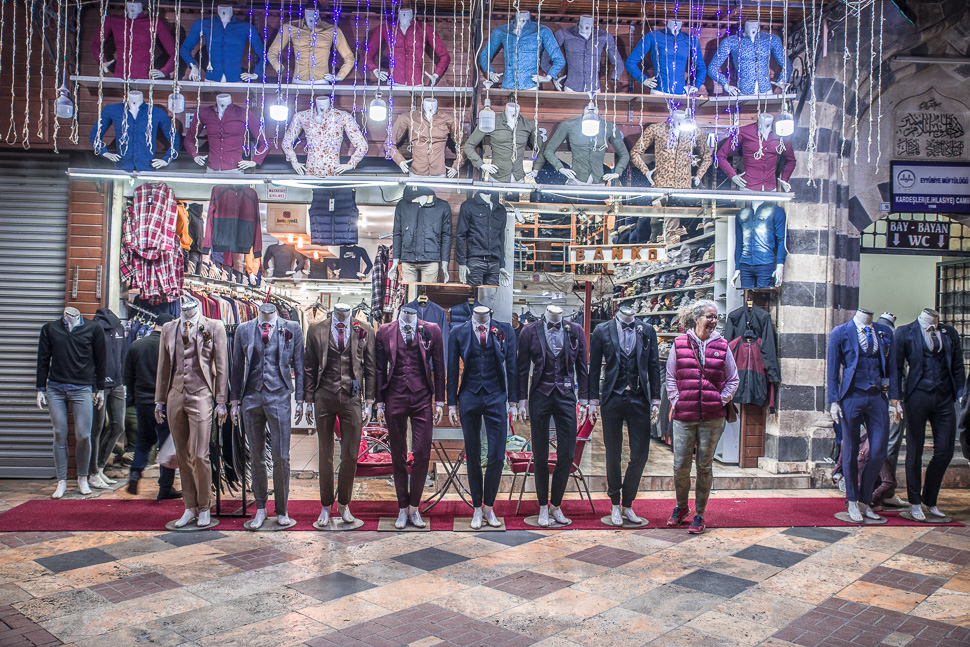
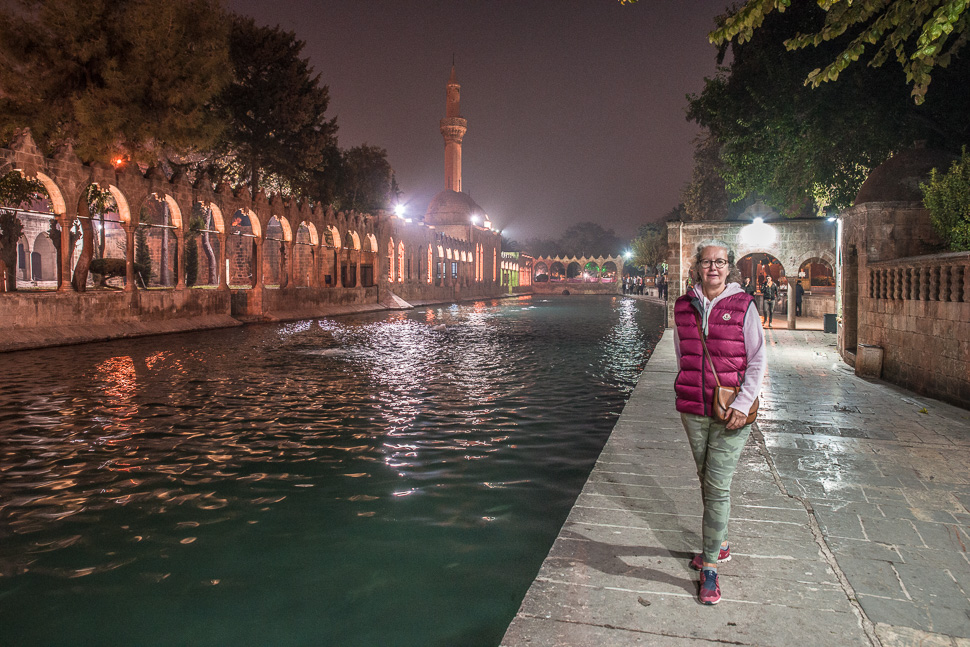
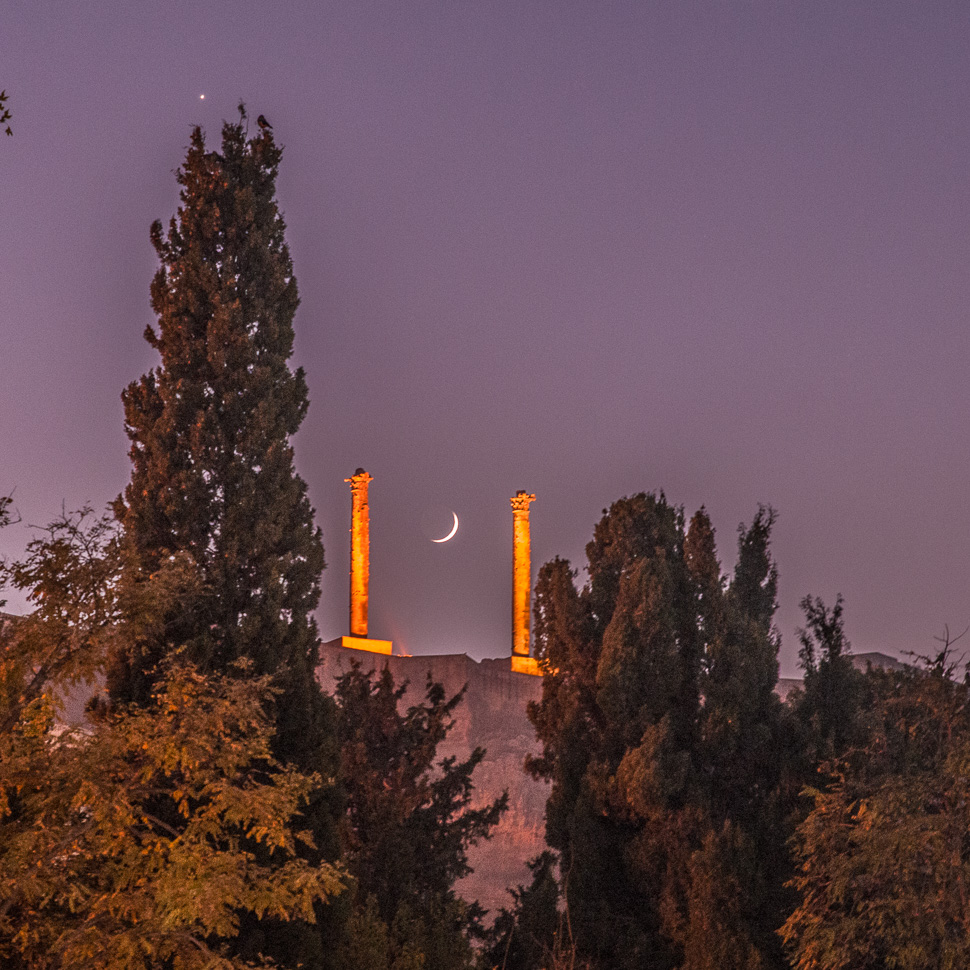
At the castle the 2 columns made the perfect frame for the moon. We decided to leave town again and return to our parking for the night close to Göbekli Tepe, where it was very peaceful.
We want to go on a cruise next, exploring the Euphrat and a castle of the Crusaders – more on our next post!

Die Bauwerke vom Göbekli Tepe werden auf ein Alter von 11.500 Jahren geschätzt (vergl. Stonehenge 4500 Jahre) und alles deutet darauf hin, dass sie von Wildbeutern erbaut wurden! Um die Menschen zu ernähren, die derart monumentale Bauwerke errichteten, waren gewaltige Mengen an Lebensmitteln nötig. Es ist durchaus denkbar, dass die Jäger und Sammler nicht vom Weizensammeln zum Weizenanbau übergingen, um ihren üblichen Kalorienbedarf zu decken, sondern um einen Tempel zu bauen. Sollte das stimmen, dann könnten religiöse Überzeugungen die Menschen veranlasst haben, den hohen Preis zu zahlen, den der Weizen verlangte. Göbekli Tepe lässt vermuten, dass erst der Tempel kam und dann das Dorf. Die Falle war zugeschnappt! Quelle: Yuval Noah Harari „Eine kurze Geschichte der Menschheit.“
Ja, das ist eine durchaus bemerkwerte Sicht auf die Entwicklung der Agrargesellschaft! Natürlich ist Harari Pflichtlektüre!
EDI